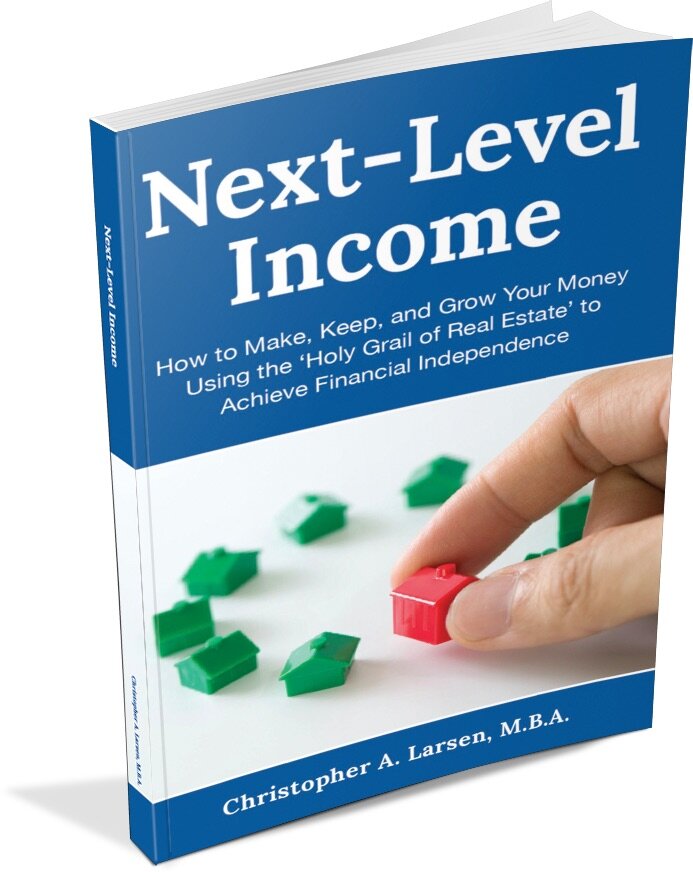This week marks the 20-year anniversary of my first real estate investment!
In the summer of 1999 I was living with my friend in a rented room of a townhouse in Blacksburg, VA while finishing my Biomechanical Engineering degree and MBA at Virginia Tech. While I was more interested in the stock market and day-trading at the time, I noticed that there was a townhouse for sale up the street in the same neighborhood for $90,000. I figured if I could buy it and rent the other two rooms out, I could almost live for free. My parents owned a few rental properties, so I knew it was a way to invest and make money.
I borrowed the $3,000 down payment from my mother (who also co-signed the loan with me), and found a couple of friends to rent the other two bedrooms and BOOM! I was a landlord. With taxes and insurance my payment was around $700 on a 30 year fixed mortgage with an interest rate around 7%. I rented the rooms for $300/mon. and I lived in a room twice as big as before for $100/mon. After taxes, I was actually making money. Not a lot, but it was pretty good for a 21 year old.
Fast forward 15 years. I’d been renting the townhouse through a property management company and was now cash flowing around $300/mon. While the Return on Investment (ROI) might look pretty good, with the value of the property now at $175,000, my Return on Equity (ROE) was only around 3% now. Even factoring in appreciation of around 4%/yr I was looking at 7% – not BAD, but definitely not at my target 12%-15% return that I like out of real estate. After tax was even worse . . .
I decided to sell the townhouse and perform a 1031 or “Starker” exchange. This allowed me to take the proceeds and purchase a like-kind property without paying capital gains. I identified a bank-owned property in downtown Asheville, NC. It was a 7-unit office building on the market for $599,000. It was half-vacant, needed some repairs, but had a lot of potential. After negotiating with my broker, we purchased the property for $520,000. We had to bring a small amount of money to closing, and put $104,000 down total (the majority coming from the sale of the townhouse). Now to get to work renting and repairing the property!
While performing due diligence I was able to secure 3 leases that allowed me to break even after expenses. During the first year, we made all of the necessary repairs, put in a kitchenette, and brought old leases to market rates. The bank had leases around $13/sqft, while market rates were closer to $24. We invested a bit of time and $25,000 to get the property up to par.
After 3 years I was able to pull out twice my original equity and the cashflow each month was more than the $3,000 I put down 20 years ago!
The strategy we employed is called a “value-add” strategy. You buy a property at below-market rents with deferred maintenance or upgrades that allows you to both improve operations and income by bringing the property up to market and thus increasing Net Operating Income (NOI). The difference between residential property and commercial property is that commercial property (including multi-family) is valued on a multiple of NOI, versus comparable sales. This allows you to “control” appreciation.
If you’d like to learn how I used the Next-Level Income strategy to build a portfolio of passive income investments, you can get a free copy of my book and learn how to get access to cash flow investments.



Subscribe to The Next-Level Income Show